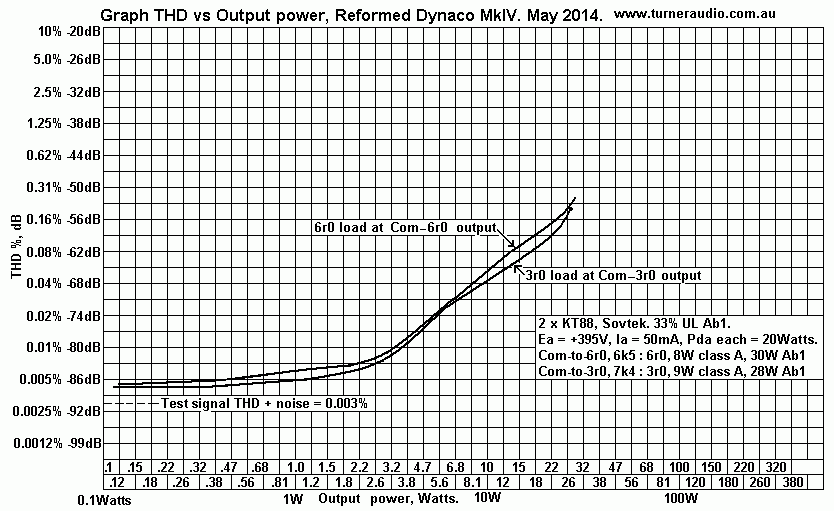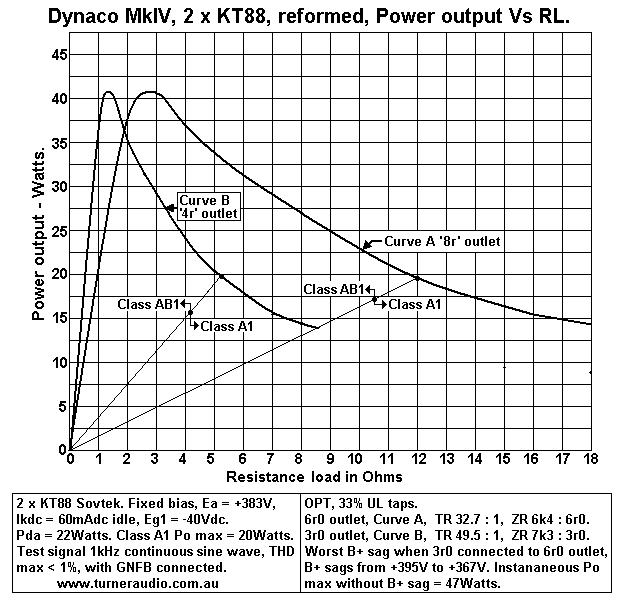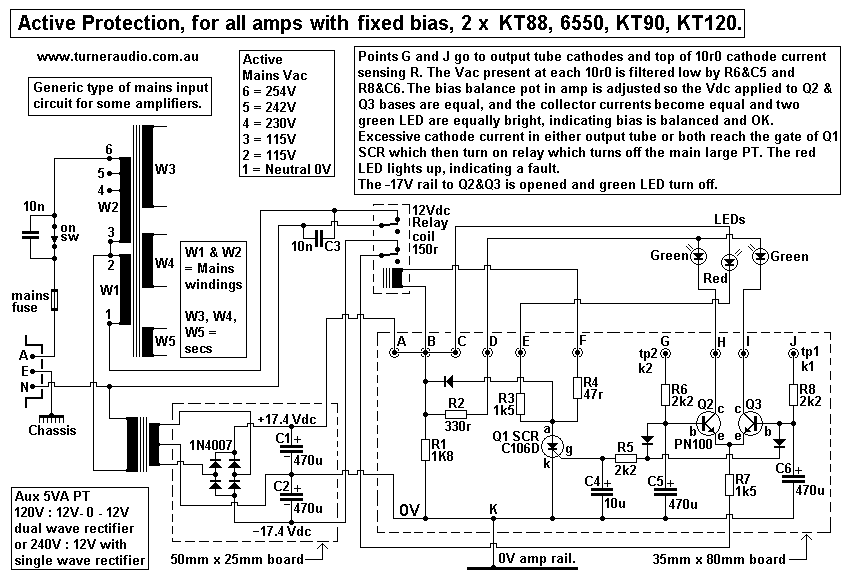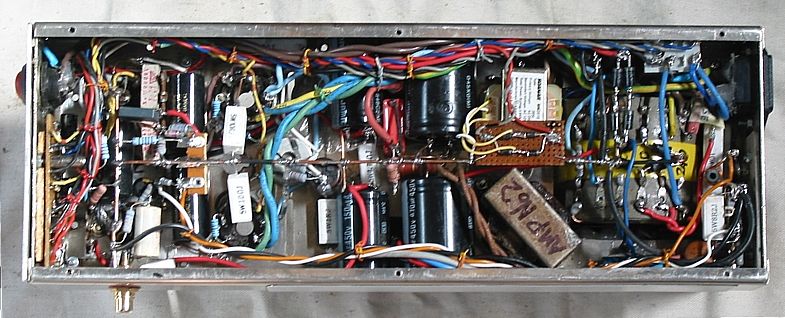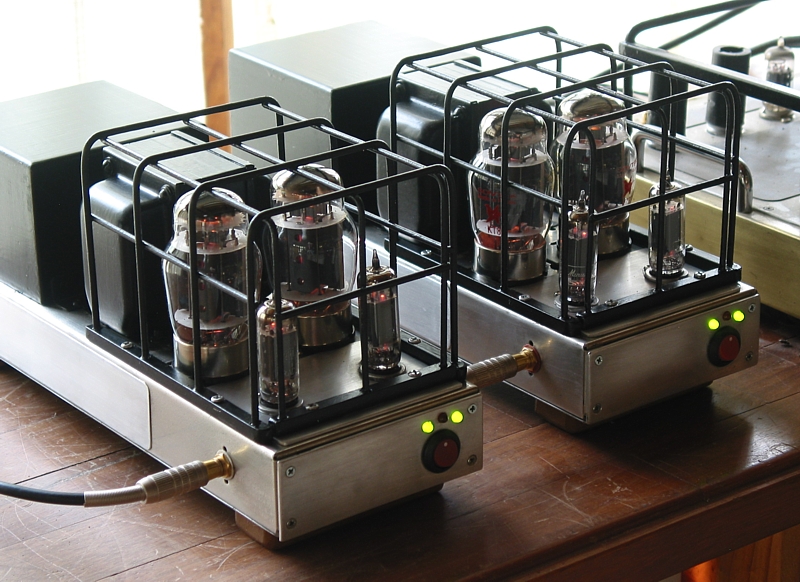
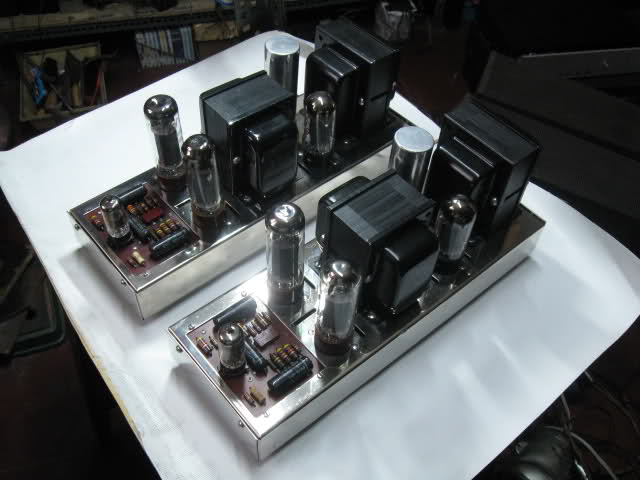
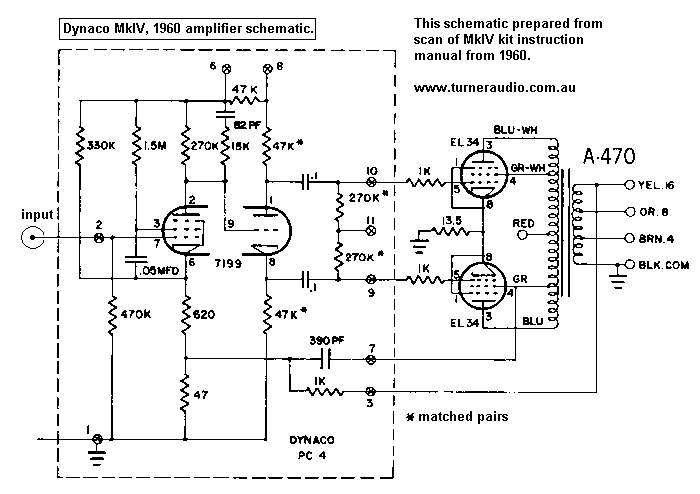
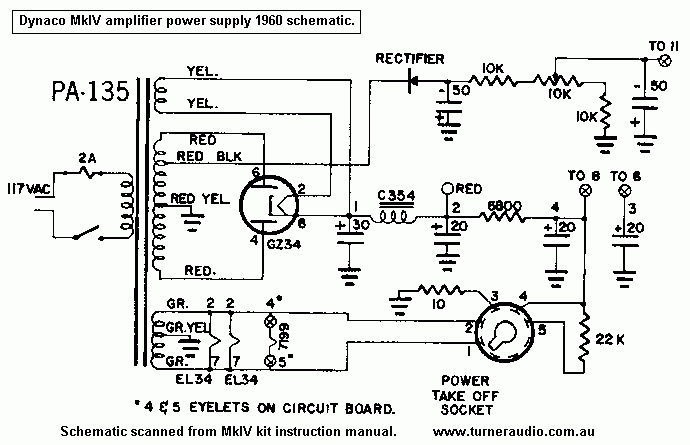
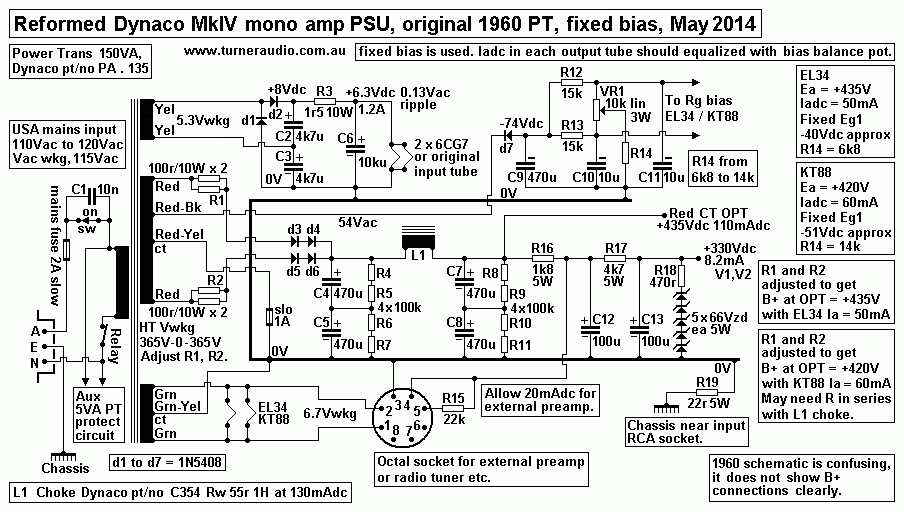
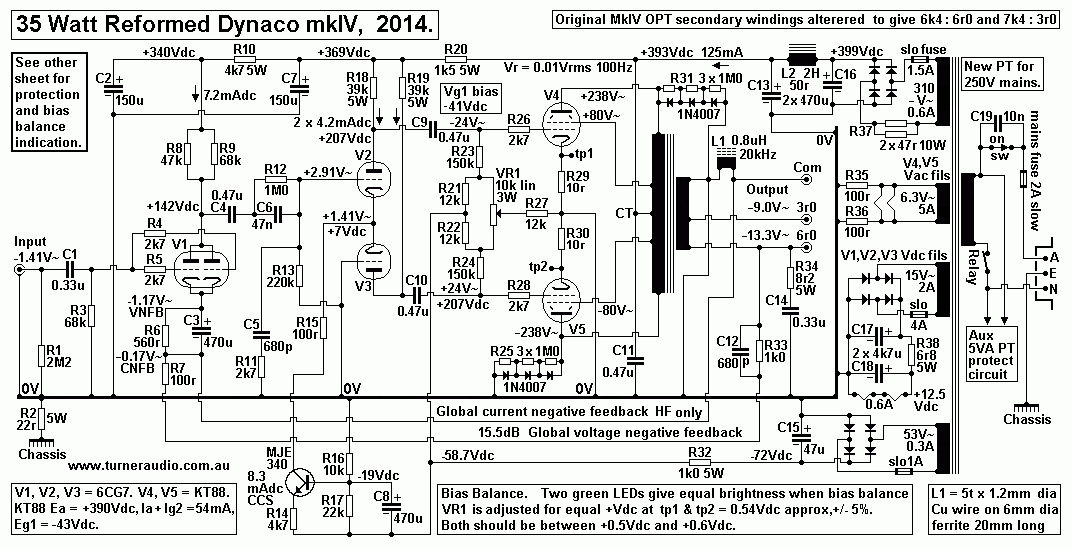
| New OPT outlet for nominal 6r0, ZR = 1,075 :1, TR = 32.8 : 1 |
|||||
| Sec RL
|
4r0 |
6r0 |
8r0 |
12r0 |
16r0 |
| Tube load RLa-a | 4k3 | 6k5 | 8k6 | 12k9 | 17k2 |
| Class of Po |
aB1 |
AB1 |
Ab1 |
A1 |
A1 |
| New OPT outlet for nominal 3r0, ZR = 2,418 : 1, TR = 49.2 : 1 |
|||||
| Sec RL |
1r5 |
2r0 |
3r0 |
4r0 |
6r0 |
| Tube load RLa-a |
3k6 |
4k8 |
7k2 |
9k6 |
14k5 |
| Class of Po |
aB1 |
AB1 |
Ab1 |
A1 |
A1 |
